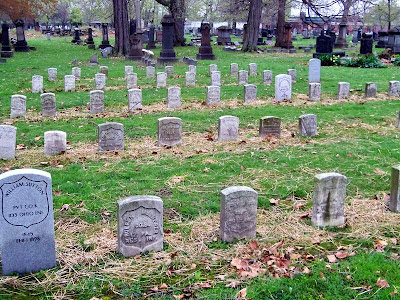Ubi sunt qui ante nos fuerunt? (Where are those who were before us?)
 Mikhajl Aleksandrovič Šolokhov (Михаил Александрович Шолохов) in the first chapter of And Quiet Flows the Don (1934) has Darja singing a lullabye:
Mikhajl Aleksandrovič Šolokhov (Михаил Александрович Шолохов) in the first chapter of And Quiet Flows the Don (1934) has Darja singing a lullabye:...А где ж гуси?Pete Seeger read this, and in 1955 wrote the song, Where have all the flowers gone?, which was expanded by Joe Hickerson, in 1960, to include:
В камыш ушли.
А где ж камыш?
Девки выжали.
А где ж девки?
Девки замуж ушли.
А где ж казаки?
На войну пошли. ...
...A gde ž gusi?
V kamyš ušli.
A gde ž kamyš?
Devki vyžali.
A gde ž devki?
Devki zamuž ušli.
A gde ž kazaki?
Na vojnu pošli. ...
...And where are the geese?
They've gone into the reeds.
And where are the reeds?
The girls have mown them.
And where are the girls?
Married and gone away.
And where are the Cossacks?
They've gone to the war...
...Where have all the soldiers gone?
Gone to graveyards, everyone.
Oh, when will they ever learn?...
 Woodland Cemetery Cleveland has a contiguous plot of veteran graves of the XIXth century. Some are so worn in lettering, that it is difficult to tell the front side from the back side. A typical legible stone reads:
Woodland Cemetery Cleveland has a contiguous plot of veteran graves of the XIXth century. Some are so worn in lettering, that it is difficult to tell the front side from the back side. A typical legible stone reads:S. A. MILLER
CO. F
1ST MICH. L. A.
CO. F
1ST MICH. L. A.






































